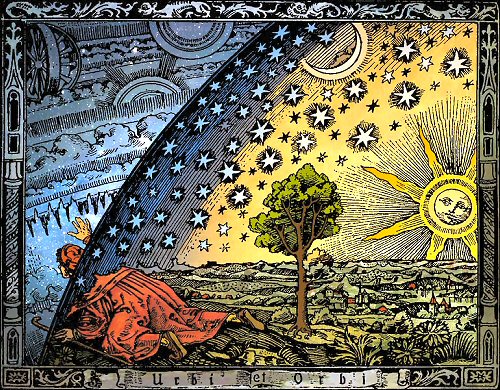Zarathustra tánca: Nietzsche teremtő esztétikája
DOI:
https://doi.org/10.14232/kulonbseg.2013.13.1.142Absztrakt
Nietzsche criticized the tradition of Western metaphysics (based on the principle of representation, the duality of subject and object of representation, the metaphysics of presence as Derrida puts it) and its language use. In place of this he presents a world view he calls Dionysian: it is a possibility of cognition in which the individual disappears and the tragic subject is merged with archaic substance in an experience that eliminates the dualism of appearance and reality. Nietzsche claims there is a basic tension between life and cognition in Western metaphysics, but this is a symptom of the ascetic ideal which manifests itself in illness and in wanting nothing. Instead the ascetic ideal a new kind of sensibility is necessary which affirms life and gives rise to a new view of the world and to new values.
Deleuze claims Nietzsche’s philosophy has three basic tenets: evaluation, affirmation, and the superman as a new way of life. He adds that “Nietzsche attributes such importance to art because art has already achieved the whole program.” The paper shows that Nietzsche’s aesthetics is a creative aesthetic, a selective ontology based on the principle of double affirmation. The paper argues that Dionysus is the one who returns to Nietzsche eternally, and together with him haunts the idea of creative aesthetics, a key element of the idea of eternal return.






